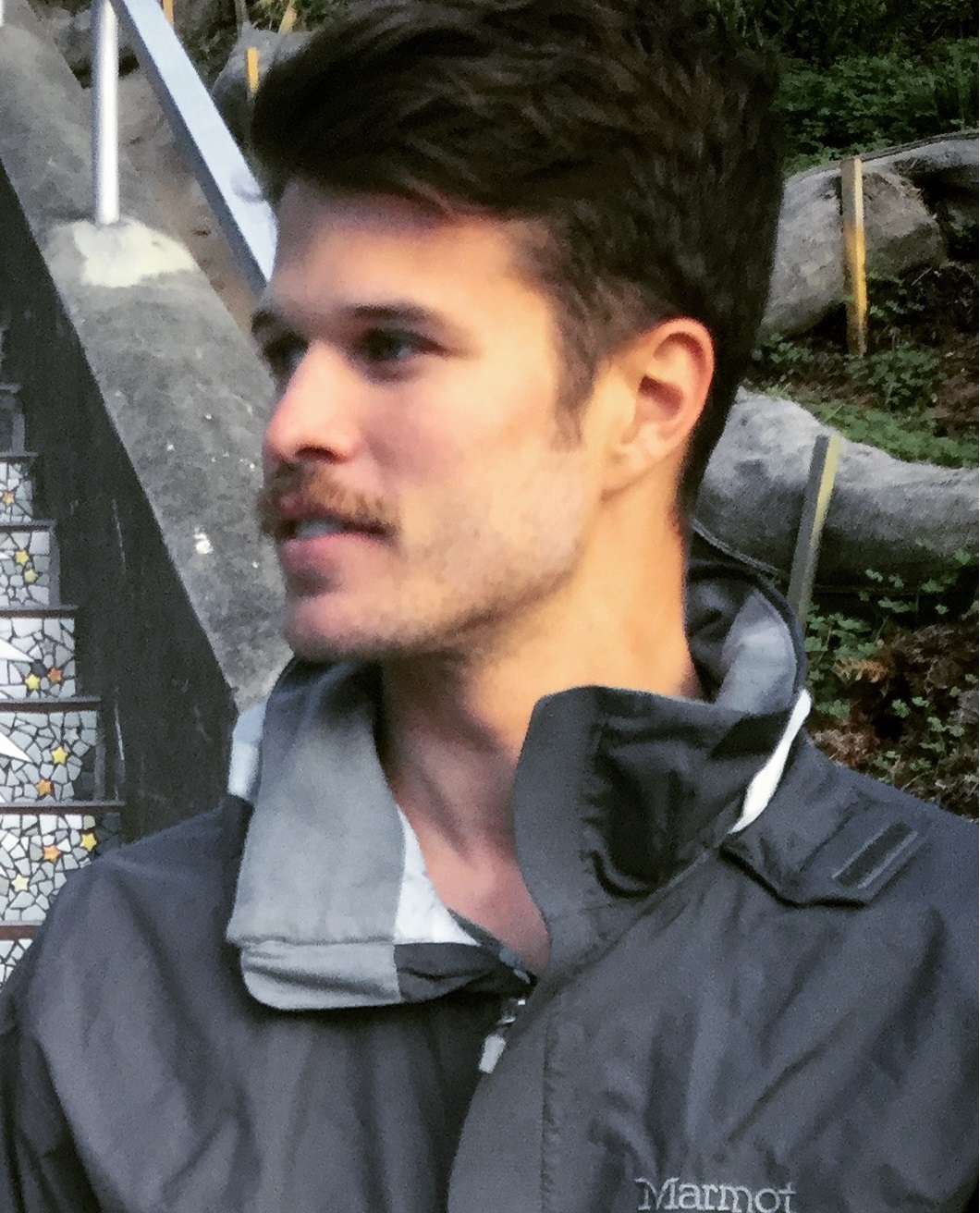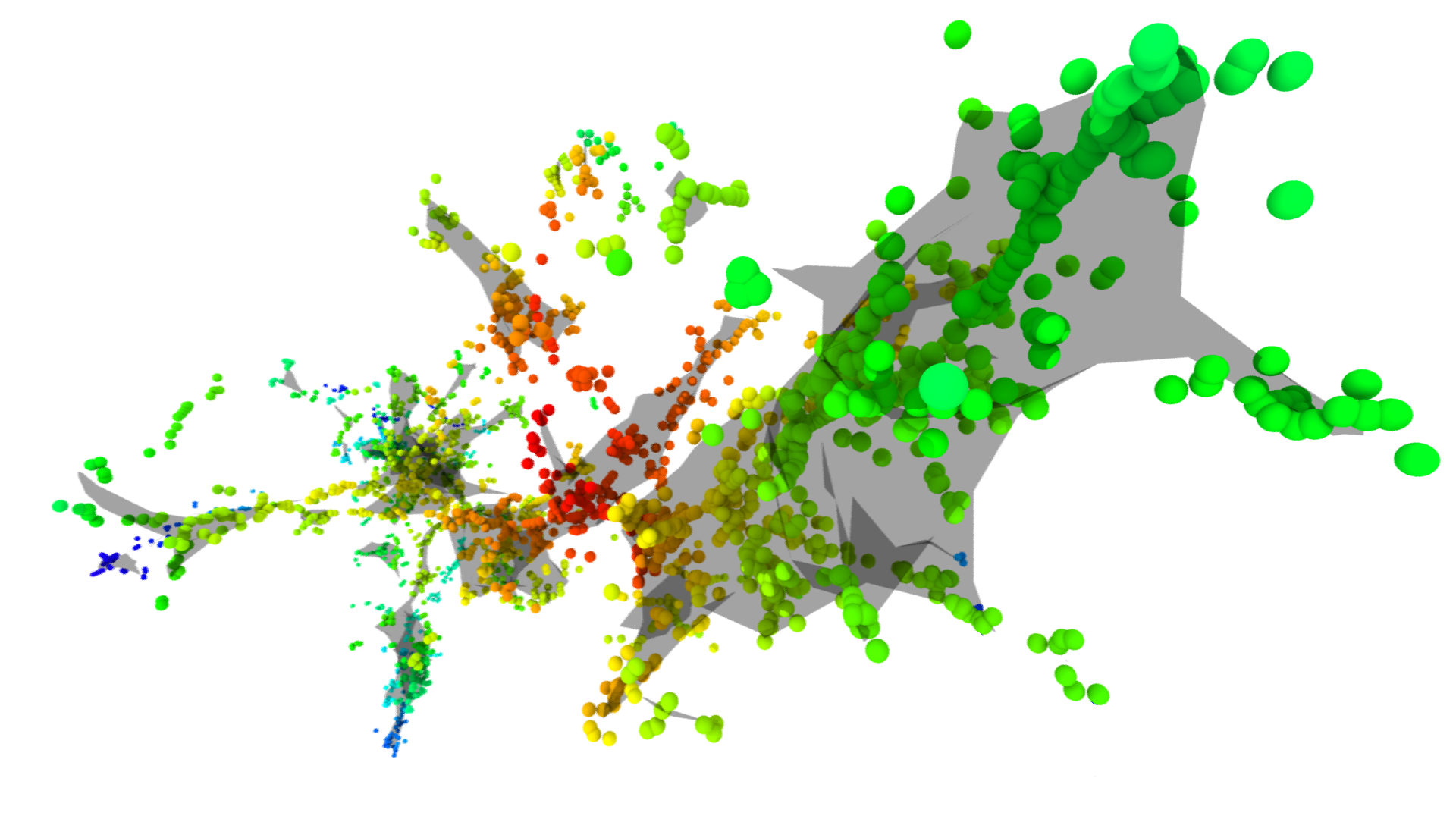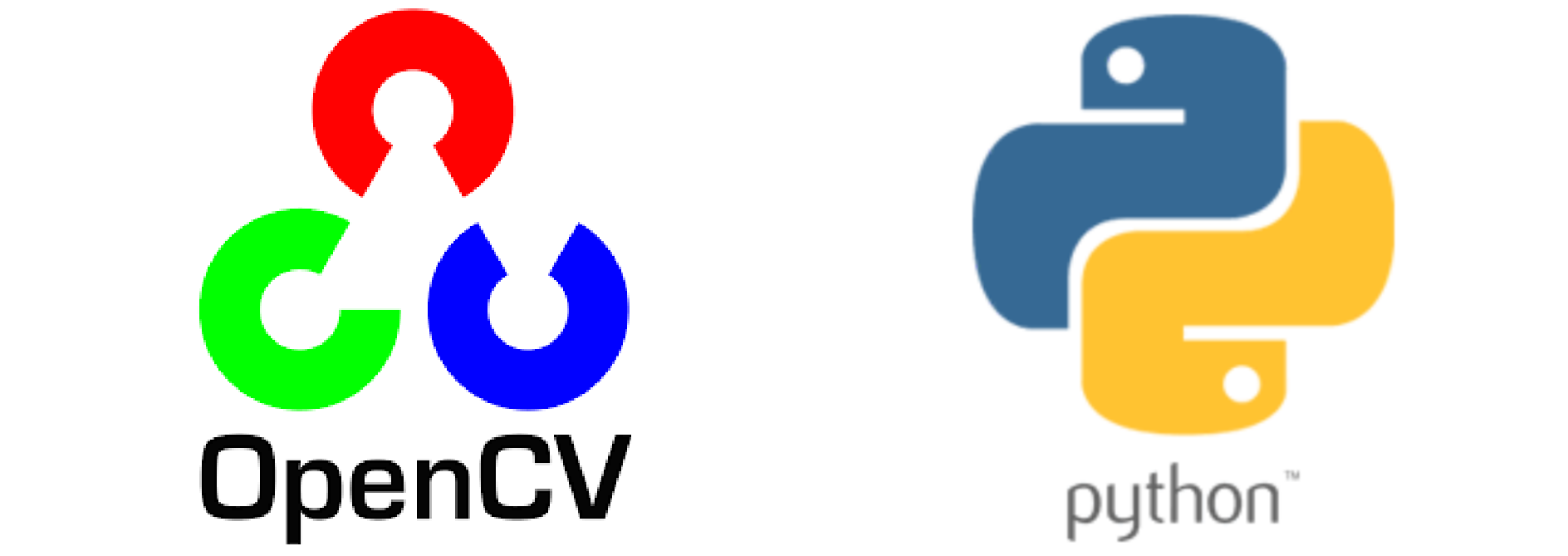
Hi, I'm Joseph Wallace; an Engineer, Scientist, and lifelong learner. I currently work at Intel where I specialize in technology development and optimization for next-gen electron beam lithography processes. Prior to this I was designing and conducting pulsed ion beam experiments at Lawrence Livermore National Laboratory to probe the lifetime of radiation generated defects in materials, while working on a PhD in Nuclear Engineering at Texas A&M University.
Engineer
I currently work at Intel, as a Senior Process Engineer, pushing the limits of the electron beam lithography processes used to create photomask. The e-beam lithography tools are extremely complex state-of-the-art machines that create loads of process data. Fully utilizing such data requires a 'full-stack' data science approach involving the following steps:
- Identify parameters of interest and implement equipment to monitor
- Gather and reshape data from tool and setup SQL to upload to database
- Create script to download data and perform data cleaning
- Perform exploratory data analysis to identify correlations
- Reduce sources of process-line correlation by adjusting tool operation
- Design a machine learning model to account for remaining sources of correlation
By combining the Statistical Process Control (SPC) approach with Machine Learning (ML) I was able to signifcantly reduce process variation that led to improved yield and tool uptime.
Scientist
As a scientist at Lawrence Livermore National Laboratory, I designed and conducted pulsed ion beam experiments to probe the lifetime of radiation generated defects in silicon. Irradiations were performed on an Van der Graaf 4 MV particle accelerator. The results of these experiments found the lifetime of defects on the scale of ~0.1 - 100 microseconds, whereas previous estimates ranged from 100s of seconds to nanoseconds (an astonishishing 12 orders of magnitude!!). The results of these experiments resulted in ~12 publications (See Publications).
Lifelong Learner
At Texas A&M I graduated with a PhD in Nuclear Engineering in 2016 and did a double degree in Nuclear Engineering and Physics in undergrad. However, since finishing my PhD I have continued learning through online platforms such as Coursera, Edx, and Udacity. I am currently working towards a Masters degree in Computer Science with a specialization in Machine Learning through Georgia Tech.



